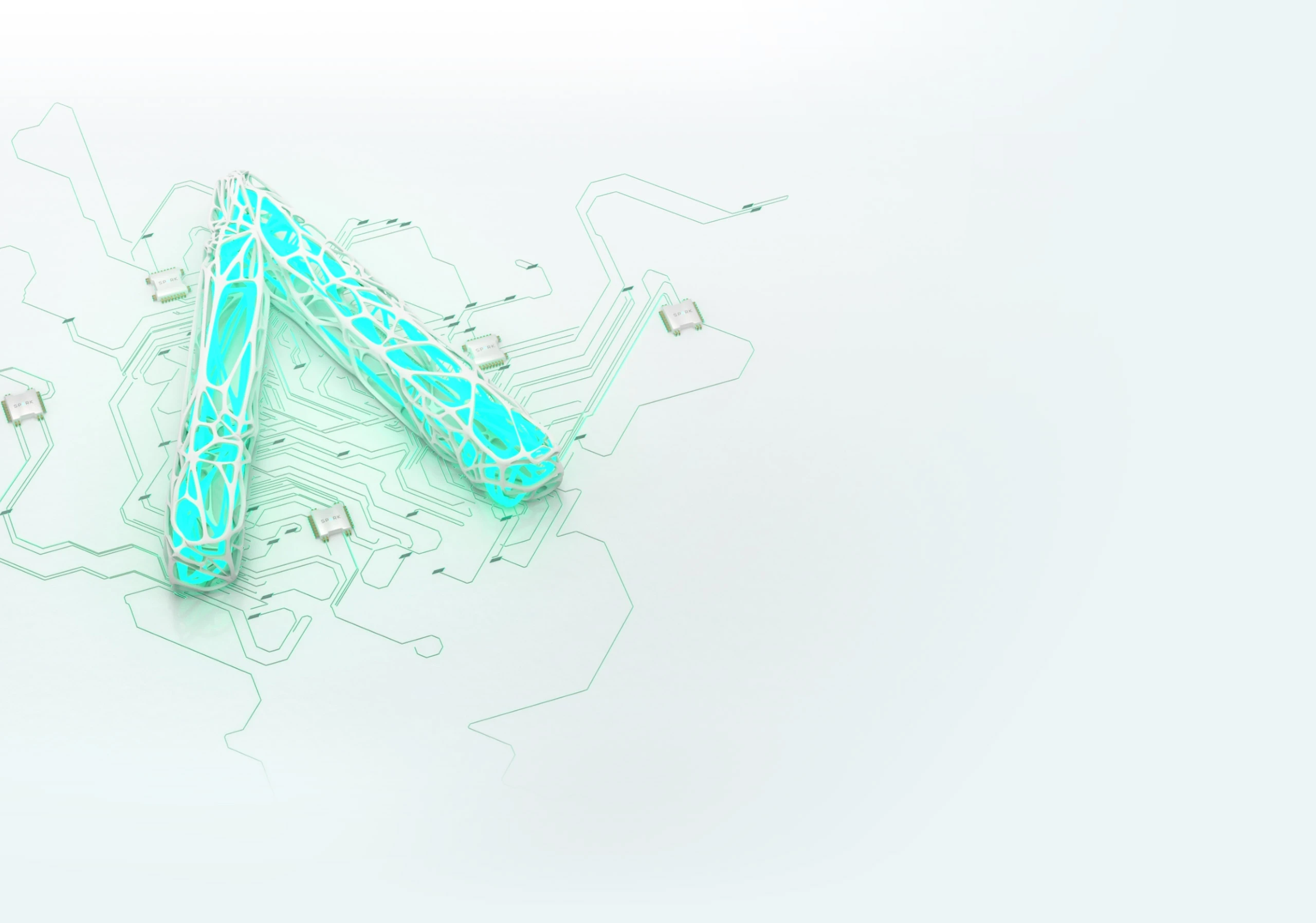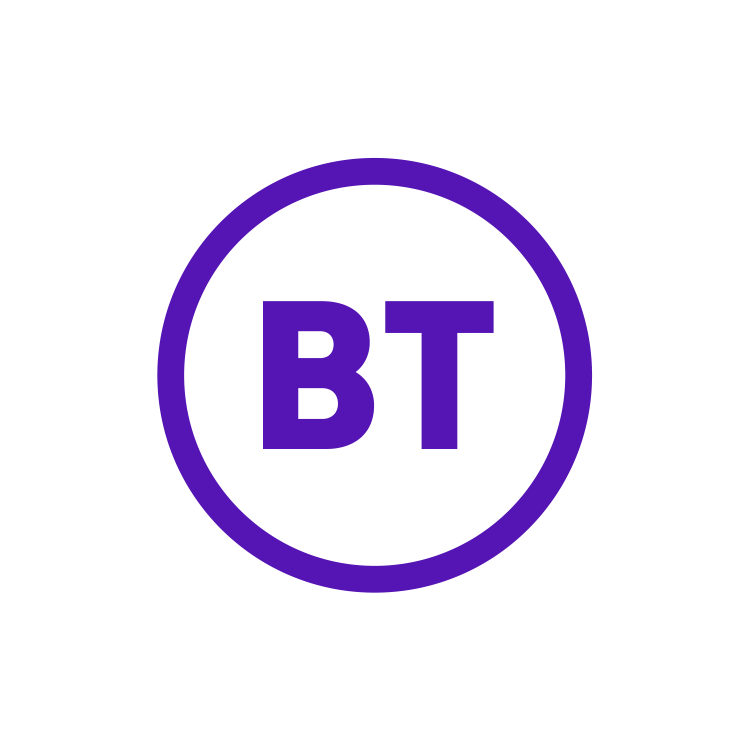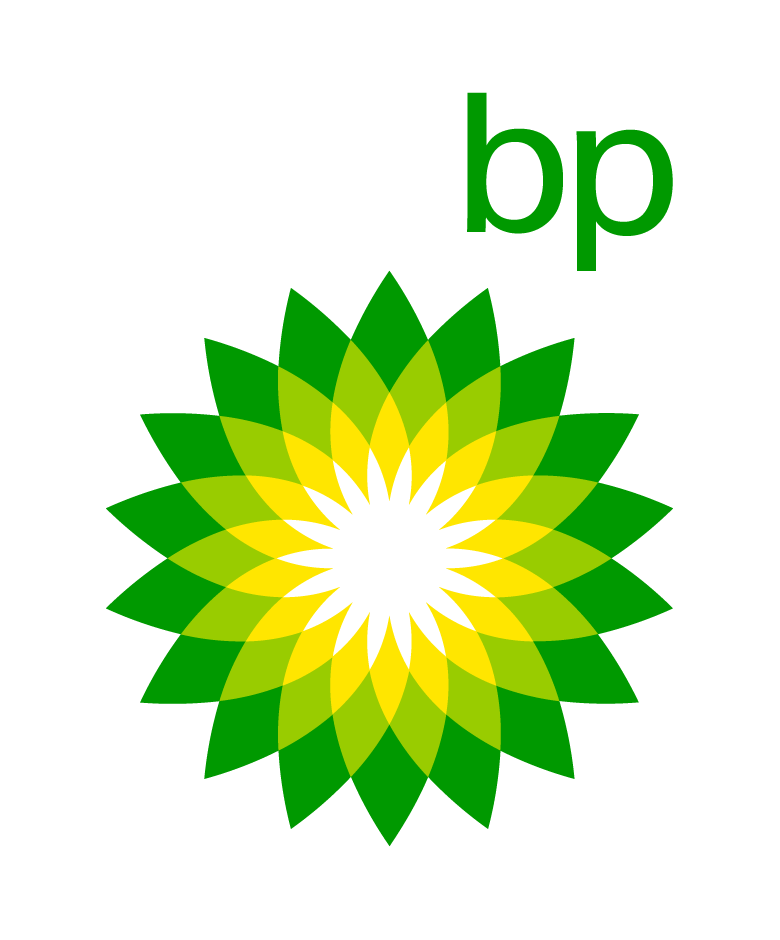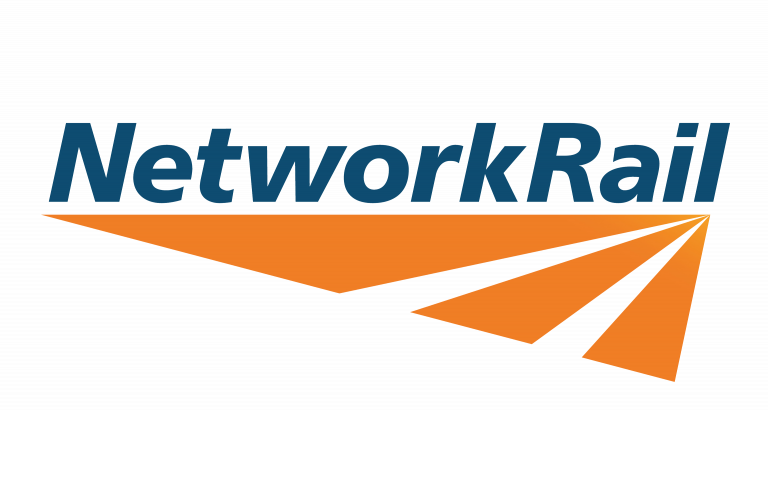Hazard Recognition in AR: Revolutionising Workplace Safety
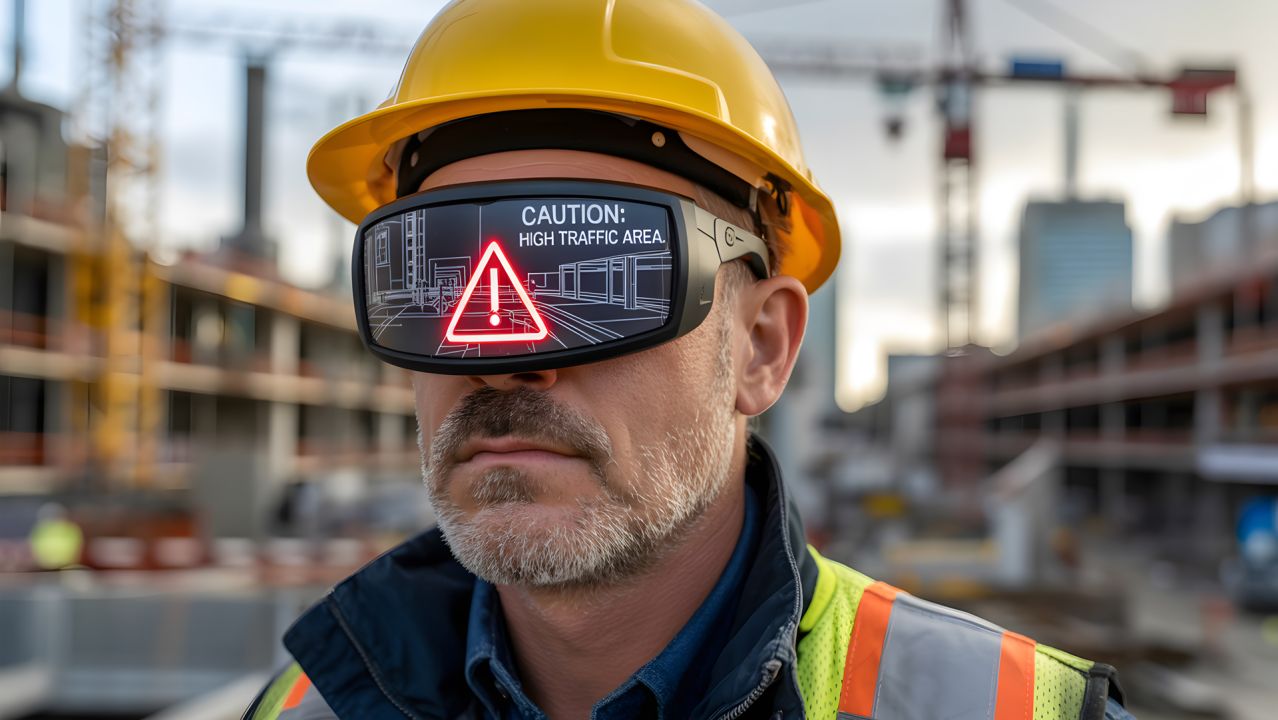
 Author: Spark Team
Author: Spark Team
Hazard Recognition in AR: Revolutionising Workplace Safety
Introduction to Hazard Recognition in AR
In today's fast-paced work environments, effective hazard recognition is essential for ensuring the safety of employees and compliance with regulatory standards. Augmented Reality (AR) provides an innovative solution for enhancing hazard recognition by overlaying critical safety information onto real-world environments. Spark Emerging Technologies specialises in developing AR solutions that empower workers to identify hazards in real-time, improving safety awareness and proactive risk management.
Benefits of Hazard Recognition in AR
Implementing AR for hazard recognition offers numerous advantages that enhance workplace safety:
Real-Time Hazard Identification: AR enables users to visualise potential hazards in their immediate environment, providing alerts and information that enhance awareness.
Interactive Learning: AR applications engage workers through interactive training, helping them recognise and respond to hazards effectively.
Increased Engagement: The immersive nature of AR captures attention, making safety training and hazard recognition more engaging and memorable.
Immediate Access to Information: Workers can access critical safety information and guidelines in real time, enabling them to make informed decisions quickly.
Reduced Incident Rates: By enhancing hazard recognition, AR helps reduce workplace accidents and injuries, contributing to a safer work environment.
Real-World Applications of Hazard Recognition in AR
Construction Sites: AR can overlay safety warnings and hazard information on construction sites, helping workers identify risks such as heavy machinery, falling objects, or hazardous materials.
Manufacturing Facilities: AR can assist operators in recognising hazards related to machinery and equipment, providing real-time alerts for maintenance and safety checks.
Laboratories: In scientific and medical laboratories, AR can help researchers identify potential hazards associated with chemicals and biological materials, enhancing safety protocols.
Oil and Gas Industry: AR can provide real-time hazard recognition in high-risk environments, helping workers navigate dangerous conditions and maintain safety compliance.
Emergency Response Training: AR can simulate hazardous situations for training emergency responders, allowing them to practice hazard recognition and response in a controlled environment.
How Spark Emerging Technologies is Leading AR Solutions for Hazard Recognition
At Spark Emerging Technologies, we specialise in developing AR solutions that enhance hazard recognition across various industries. Our interactive applications provide users with real-time information that empowers them to identify and manage risks effectively. By collaborating with organisations, we create tailored AR experiences that address specific safety challenges and improve workplace safety culture.
Addressing Key Challenges with AR for Hazard Recognition
User-Friendly Design: Our AR applications feature intuitive interfaces to ensure that users can easily access and interact with safety information.
Integration with Existing Safety Systems: We ensure our AR solutions integrate seamlessly with existing safety management systems, providing a comprehensive view of hazards.
Data Privacy and Security: Protecting user data is a priority; we implement robust security measures to safeguard sensitive information collected during AR interactions.
Scalability Across Various Industries: Our AR solutions are adaptable, allowing for deployment across different sectors and environments.
Case Study: AR for Construction Site Safety
A major construction firm partnered with Spark Emerging Technologies to implement AR hazard recognition solutions on their job sites. The AR application provided workers with real-time alerts about potential hazards, such as unsafe working conditions and equipment proximity. As a result, the company reported a 40% reduction in safety incidents and improved overall safety compliance.
The Role of AR in Advancing Hazard Recognition
Hazard recognition in AR is transforming how organisations approach workplace safety. By providing immersive experiences that enhance awareness and engagement, AR fosters a culture of proactive risk management. This innovative approach not only improves safety outcomes but also encourages employees to take an active role in maintaining a safe work environment.
Future of Hazard Recognition in AR
As AR technology continues to evolve, the potential for hazard recognition applications will expand significantly. Spark Emerging Technologies is committed to enhancing our AR solutions, anticipating more sophisticated applications that empower organisations to create safer workplaces. The future promises increasingly interactive and insightful AR experiences that will play a crucial role in enhancing safety culture.
Conclusion
Hazard recognition using AR offers transformative solutions for improving workplace safety and compliance. Spark Emerging Technologies provides cutting-edge AR applications that enable organisations to enhance hazard identification and promote a proactive safety culture. Discover how our AR solutions can elevate your safety initiatives—contact Spark Emerging Technologies for a demo today.
Contact Us:
Interested in optimising your hazard recognition processes with AR? Contact Spark Emerging Technologies to schedule a consultation and learn how our solutions can benefit your organisation.
© 2025 All Rights Reserved | Company Reg No. 05327622 | Spark Emerging Technologies Limited


